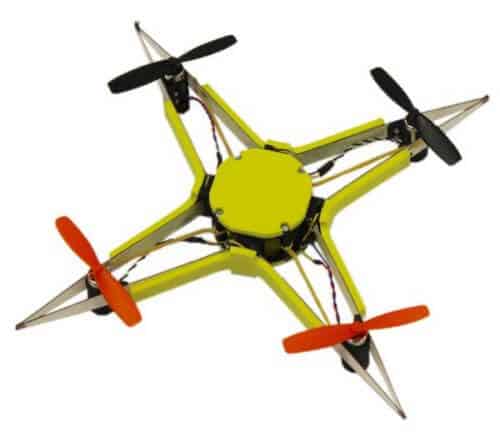A flexible, rigid and crash-resistant glider developed in Switzerland inspired by insect wings.

By: Yael Halfman Cohen
Insects have already been studied and served as a source of inspiration for the development of robots inspired by nature. A new development, by researchers in the laboratory for intelligent systems at the institute EPFLAsher in Lausanne, Switzerland, is all about crash-resistant drones, this time inspired by insect wings. The researchers aimed to improve the design of a folding and clumsy "quadcopter" drone, and the solution is found in nature.
The researchers noticed that insects that hit an obstacle, a window for example, are not hurt! this wonder (Bio-WOW) led to the study of the structure of insect wings. The researchers identified, for example, in wasps, wings with flexible hinges that allow the wing to twist/bend during a collision, without causing permanent damage to the wing.
The biomechanical strategy of the collision-resistant insect wings, based on a rigid yet flexible structure, was applied to the drone. The drone includes a thin fiberglass frame with a thickness of 0.3 mm, with four arms held together with four magnetic fasteners, inspired by the structure of the exoskeleton of insects. The design is based on a quick transition from a rigid state to a flexible state. During the flight, the glider frame is rigid and withstands aerodynamic loads. During the collision the magnets break, so the drone goes into a flexible state, allowing deformation/collapse instead of impact.
The device attacks a drone with a weight of 50 grams, which has withstood collisions at high speed. In the test of a fall from a height of 2 meters, the magnetic hinges were released automatically, and a transition to a flexible pre-crash structure took place. In total the drone was thrown 50 times with no permanent damage. In the attached video you can see the structure of the drone and the crash tests.
The demand for drones in the world is growing at a fast pace. This innovative design of a crash-resistant drone may have many demands, both among hobbyists, and among technological, security or military users.
